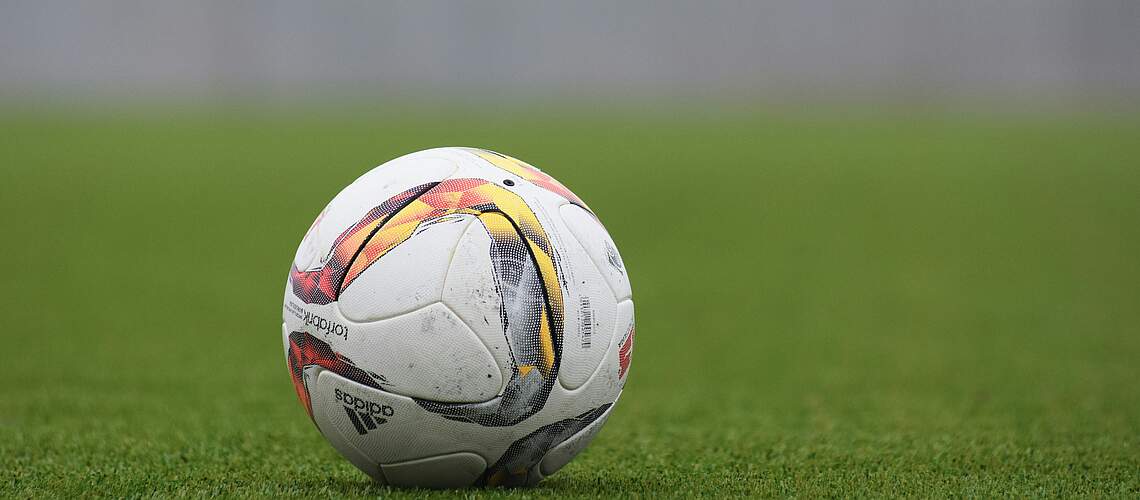
The most important soccer terms
From A for “Abseits” to Z for “Zweikampf”
The European Football Championship (Euro 2024) is in full swing. ⚽ Germany is hosting this year. The group matches have already been completed and the round of 16 matches are just around the corner. You want to be fully prepared and brush up on your soccer vocabulary? No problem, here you will find the most important soccer terms explained from A to Z.

A for Abseits (offside)
Offside describes the position of a player on the pitch: He is closer to the opponent's goal than a player of the opposing team when the ball is passed. If an assistant referee recognises offside, he raises the flag to signal this.
B for Ballbesitz (ball possession)
Ball possession is typically measured as a percentage and indicates how long a team has possession of the ball in relation to the opposing team.
C for Co-Trainer (assistant coach)
An assistant coach is a person who supports the coach of a team and helps him with the organization and execution of training as well as with tactical decisions.
D for Dribbling (dribbling)
Dribbling is a technique in which a soccer player controls the ball and passes it past the opponent with small, quick steps.

E for Elfmeter (penalty kick)
A penalty kick is a direct scoring opportunity: A player is allowed to shoot at the opponent's goal in the penalty area due to a breach of the rules. The penalty spot is, as the German name suggests, 11 meters in front of the goal.
F for Foulspiel (foul)
In soccer, a “foul” is an infringement of the rules, including, for example, handball or obstructing an opponent without contact with the ball. A foul is whistled by the referee and can lead to free kicks, penalties and yellow or red cards, depending on its severity.
G for Gelbe Karte (yellow card)
A yellow card punishes misconduct or an infringement of the rules and serves as a warning for the player. If a player receives a yellow card in two consecutive matches at the European Championship, he is suspended for the next match.
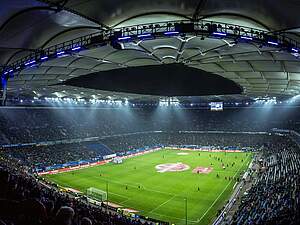
H for Halbzeit (half-time)
A soccer match is divided into two periods, also known as halves: As a match normally lasts 90 minutes, each half lasts 45 minutes. There is a 15-minute break in between.
I for Innenverteidiger (central defender)
The central defender is a player who typically plays in the central defense of a team. His job is to stop opposing attacks.
J for Joker
A joker is a player, often with special skills, who is used as a substitute to liven up the game, score goals or make tactical changes.
K for Kapitän (captain)
A captain is the player on the pitch who leads and motivates the team. He usually wears a captain's armband. At the European Championships in Germany, only the captain is allowed to communicate with the referee.
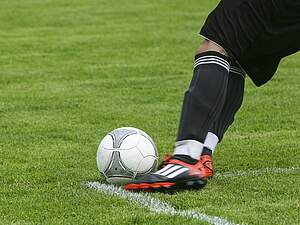
L for Laufweg (running route)
The running route refers to the distance a player covers during a soccer match. A good running route can help to create scoring opportunities and control the game.
M for Mittelfeldspieler (midfielder)
A midfielder operates in the middle of the pitch – usually in a central position between the defense and the attack. He is responsible for winning the ball, playing passes and supporting the build-up play.
N for Nachspielzeit (stoppage time)
At the end of each half there is stoppage time, which is determined by the referee. This additional playing time depends on how many interruptions there were during the match.
O for Offensiv (offensive)
In soccer, “offensive” refers to a style of play in which a team tries to score goals and drive play towards the opponent's goal.
P for Pressing (pressing)
When pressing, players put pressure on the opponent in order to win the ball or disrupt the opponent's build-up play.
Q for Querlatte (crossbar)
The crossbar is the horizontal bar that connects the two vertical posts of a soccer goal.
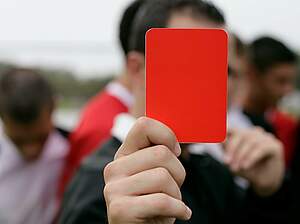
R for Rote Karte (red card)
A player who has already received a yellow card can be sent off for a further caution in the same match. In the event of a particularly serious foul, a player can see red immediately. A red card means an immediate sending off.
S for Schwalbe (to dive)
To take a dive refers to unsporting behavior by a soccer player: The player pretends to have been fouled in order to cheat a penalty kick, free kick or card.
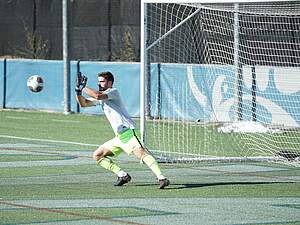
T for Torwart (goalkeeper)
The goalkeeper acts as the last line of defense in front of his own goal. He is the only player on the pitch who is allowed to use his hands to defend the ball, but only within his own penalty area.
U for Unentschieden (draw)
In addition to winning and losing, a match in the preliminary round of the European Championship can also end in a draw. From the round of 16 onwards, a draw goes into extra time (30 minutes) and possibly even a penalty shoot-out to determine a winner.
V for Vorteil (advantage)
In soccer, the term “advantage” refers to a decision by the referee: He allows the play to continue even though a foul or infringement of the rules has been committed by the defending team if the attacking team can gain a scoring opportunity as a result.
W for Weitschuss (long-range shot)
A long-range shot is a shot on goal from a long distance, usually outside the penalty area.
Y for Youngster (youngster)
The term “youngster” is used in soccer to describe young players who are still at the beginning of their career and often have great potential.
💡 The youngest player in European Championship history is 16-year-old Lamine Yamal, who plays for the Spanish national team.
Z for Zweikampf (duel)
In a duel, one player from each team tries to win the ball and take possession of it.
We hope that you are well prepared for the European Championship in Germany with these terms and wish you fun watching soccer! 🙂
